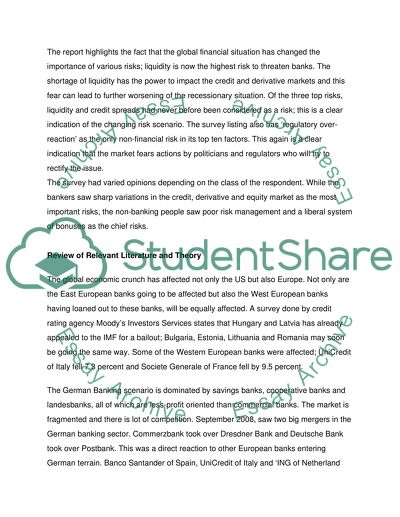Cite this document
(Banks Face New Risks Case Study Example | Topics and Well Written Essays - 1500 words, n.d.)
Banks Face New Risks Case Study Example | Topics and Well Written Essays - 1500 words. Retrieved from https://studentshare.org/finance-accounting/1529907-german-and-european-banks
Banks Face New Risks Case Study Example | Topics and Well Written Essays - 1500 words. Retrieved from https://studentshare.org/finance-accounting/1529907-german-and-european-banks
(Banks Face New Risks Case Study Example | Topics and Well Written Essays - 1500 Words)
Banks Face New Risks Case Study Example | Topics and Well Written Essays - 1500 Words. https://studentshare.org/finance-accounting/1529907-german-and-european-banks.
Banks Face New Risks Case Study Example | Topics and Well Written Essays - 1500 Words. https://studentshare.org/finance-accounting/1529907-german-and-european-banks.
“Banks Face New Risks Case Study Example | Topics and Well Written Essays - 1500 Words”, n.d. https://studentshare.org/finance-accounting/1529907-german-and-european-banks.


